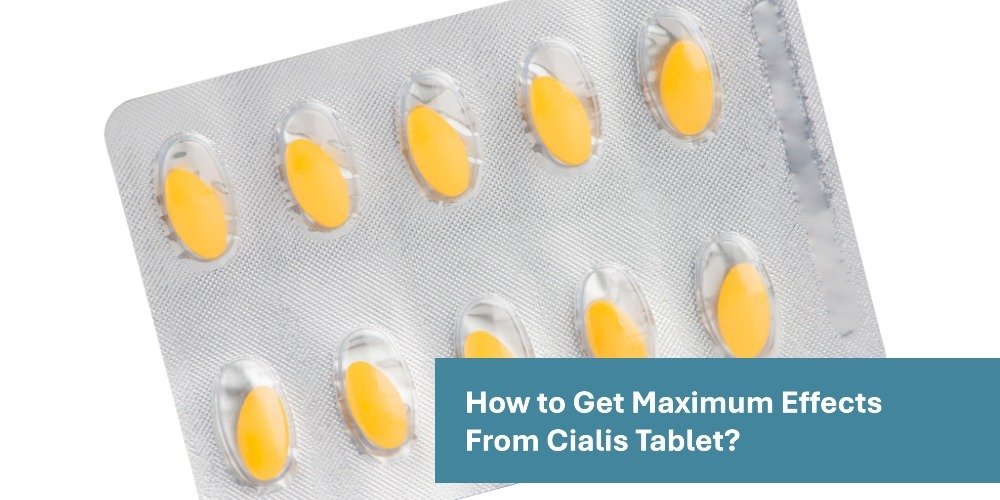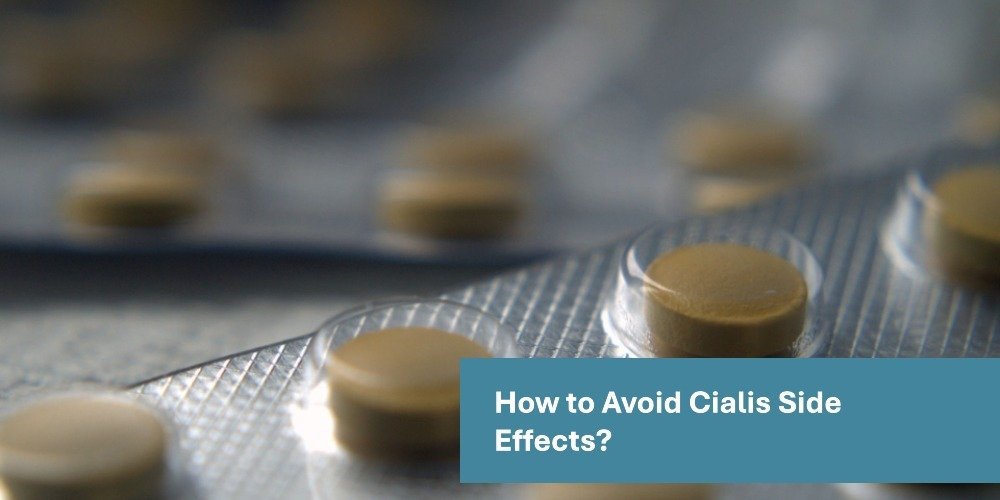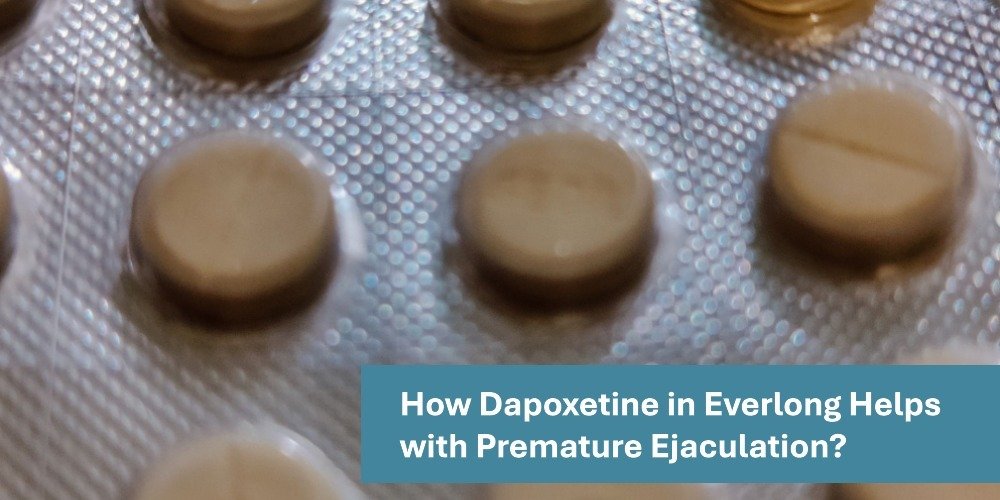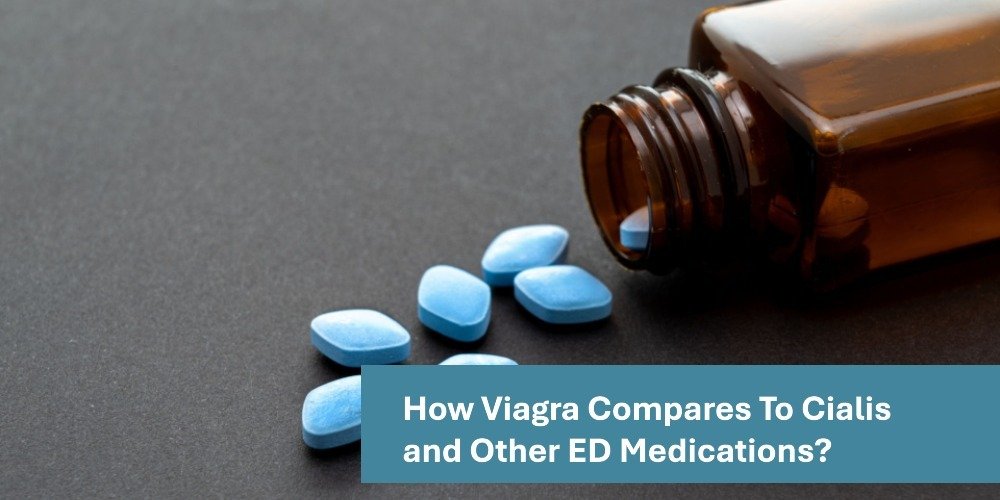Yes, you can generally use a delay spray with Viagra (sildenafil) tablets, because they treat different sexual health issues and work through separate mechanisms in the body.
Viagra, which is an oral tablet, is primarily prescribed to treat Erectile Dysfunction (ED) by improving blood flow to the penis, helping you to get and maintain an erection. Delay sprays, on the other hand, typically contain a topical anesthetic like lidocaine or benzocaine and are applied directly to the penis to reduce nerve sensitivity and treat Premature Ejaculation (PE)
Logical Reasoning for Combination Safety
Separate Mechanisms of Action:
Viagra (sildenafil) works systemically (throughout the body) by affecting the blood vessels to enhance an erection. Delay spray works locally (on the penis surface) by mildly numbing the nerves to slow ejaculation. Since one affects blood flow and the other affects nerve sensitivity, there is generally no direct drug-to-drug interaction that makes the combination unsafe for most healthy men.
Targeting Dual Issues:
Many men experience both ED and PE, sometimes linked to performance anxiety. Using both allows you to address both problems simultaneously. Viagra helps you achieve and sustain a firm erection, while the delay spray helps you control the timing of ejaculation.
Proper Timing is Key:
To use them together effectively, you must follow the correct timing for each product. You should generally take Viagra 30–60 minutes before sexual activity, and apply the delay spray 10–15 minutes before, allowing 5–10 minutes for it to fully absorb. You must also wipe off any excess spray to prevent transferring the numbing agent to your partner.
Important Notice: It is essential to consult with a healthcare professional before combining any prescription medication like Viagra with an over-the-counter product like a delay spray. This is especially important if you have a pre-existing health condition (such as heart disease) or are taking other medications, particularly nitrates (which should never be taken with Viagra, as this can cause a dangerous drop in blood pressure).
How to Use Viagra with Delay Spray?
To use Viagra with a delay spray, you should first take the Viagra tablet, and then apply the delay spray according to a specific timeline, while always consulting your doctor and never exceeding the recommended dosages to ensure your safety.
Here is a simple step-by-step guide and the essential safety precautions:
How to Use the Combination
Take Viagra:
Swallow your prescribed dose of Viagra (Sildenafil) with water. You should do this approximately 30 to 60 minutes before you plan to have sexual intercourse. This allows enough time for the medication to be absorbed and start enhancing blood flow to the penis.
Apply Delay Spray:
Wait until you are closer to the 10 to 15-minute mark before sex. Apply the delay spray (which contains a numbing agent like lidocaine or benzocaine) to the most sensitive areas of your penis, typically the head and underside of the shaft. Follow the product’s directions, usually starting with a minimum of 2 to 3 sprays.
Wait for Absorption and Wipe:
Let the delay spray absorb completely, which usually takes 5 to 10 minutes. This is a critical step because the spray needs to penetrate the skin to reduce nerve sensitivity. Afterward, use a damp cloth to gently wipe away any excess product before starting intimacy.
Safety Precautions Explained
Consult Your Doctor:
Before you begin combining Viagra and a delay spray, it is non-negotiable to discuss it with your healthcare provider. They will review your full medical history, especially if you have heart conditions or blood pressure issues, to confirm the combination is safe for your specific health needs.
Never Exceed Recommended Dosages:
Follow the exact dosage prescribed for your Viagra tablet and start with the lowest recommended number of sprays for the delay spray. Too much delay spray can cause excessive numbness, which might make it difficult for you to maintain an erection or reduce pleasure too much. For Viagra, an overdose can increase the risk of side effects like headaches, flushing, or a dangerously long erection (priapism).
Wipe Off Excess Spray:
This is a vital precaution to protect your partner. If you do not wipe off the residue after the absorption time (around 5–10 minutes), the numbing agent can transfer to your partner’s genitals during intercourse or oral sex, which could cause them to experience a loss of sensation or irritation.
Avoid Use with Nitrates:
You must never take Viagra if you are also taking nitrate medications (like nitroglycerin for chest pain). The combination can cause your blood pressure to drop to a dangerously low, life-threatening level. Your doctor will confirm if any of your current medications are nitrates.
Monitor for Severe Side Effects:
While using the combination, be aware of both products’ potential side effects. Seek immediate medical help if you experience chest pain, severe dizziness, or a prolonged, painful erection lasting longer than 4 hours (priapism), as this is a medical emergency.
Does Using Viagra Tablets with Delay Spray Contain Any Side Effects?
Yes, using Viagra tablets with a delay spray can contain side effects, including common issues like headaches and flushing from Viagra, and local issues like temporary numbness and irritation from the spray, and a small risk of partner numbness if the spray is not wiped off.
Since the products work in different ways and are applied differently (one is a tablet, one is a spray), the side effects are generally the same as using each product individually. The risk is not typically from a harmful interaction between the two, but from the known side effects of each component.
Does Combining Viagra with Delay Spray Give You Good Results?
Yes, combining Viagra (sildenafil) with a delay spray is generally considered effective and can give you good results if you are dealing with both erectile dysfunction (ED) and premature ejaculation (PE).
Detailed Explanation
The good results stem from the fact that the two treatments address two distinct issues using different mechanisms, offering a comprehensive solution:
When you use them together, taking Viagra first and then applying the spray, you combine the effect of a stronger erection with increased control over ejaculation. This dual benefit is particularly useful for men whose PE is linked to performance anxiety, where the confidence gained from a stronger erection (Viagra) is supported by the physical control (delay spray). The combination allows you to achieve a reliable erection and then sustain sexual activity for a longer, more satisfying duration.










